
«Take care
of your
gums.»
Healthy gums are the foundation of stable and long-lasting oral health. They contribute significantly to overall health. Regular and gentle home oral hygiene is essential to prevent inflammation such as gingivitis and periodontitis as well as gum recession.
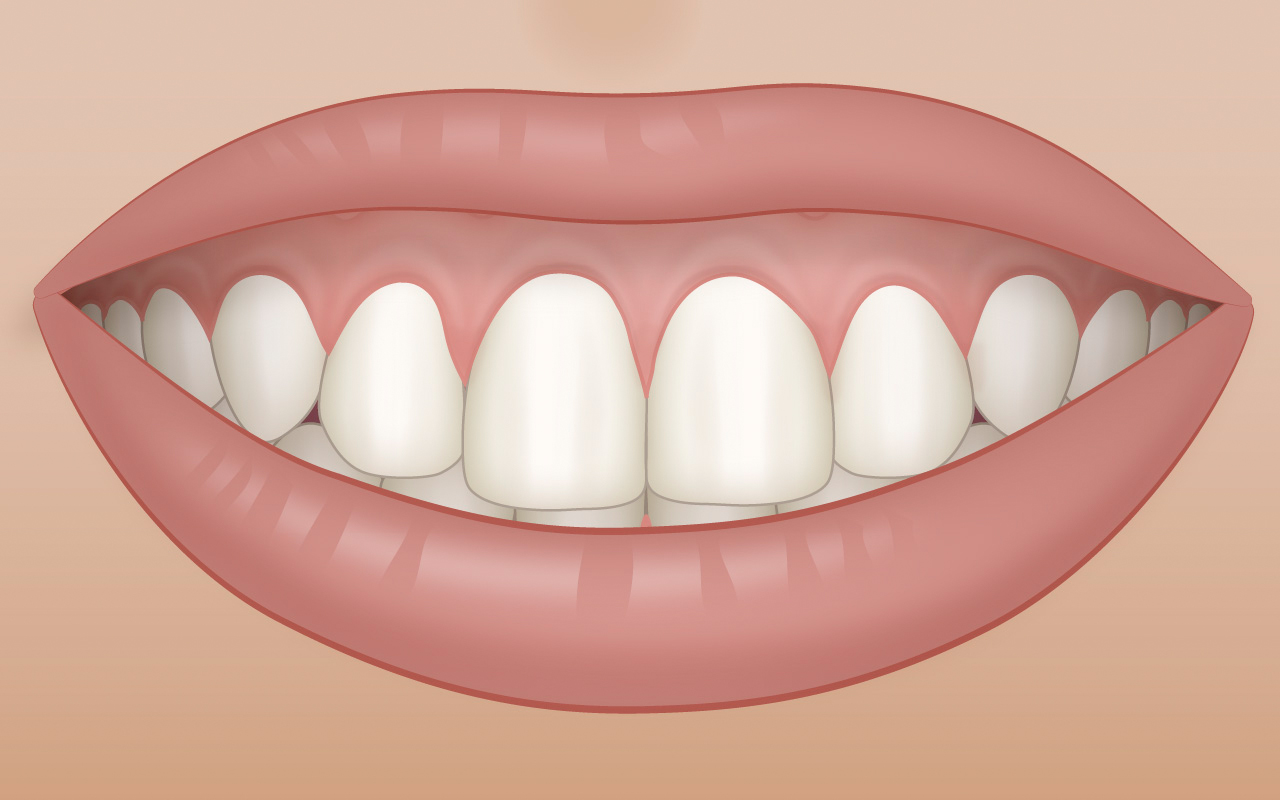
Healthy gums, the gingiva, are pale pink in color. They form a protective barrier that keeps bacteria and harmful substances out. Regular oral hygiene—brushing, flossing, and mouth rinses—is essential to remove plaque and prevent inflammation such as gingivitis.
In addition to home care, regular dental visits are important. Professional cleanings help keep gums healthy. Healthy gums not only contribute to oral health but also help prevent systemic diseases such as cardiovascular diseases and diabetes. Daily care of the gums is therefore an important contribution to overall health.
Due to bacterial plaque, the gums (gingiva) react with inflammation, known as gingivitis, after just a few days.
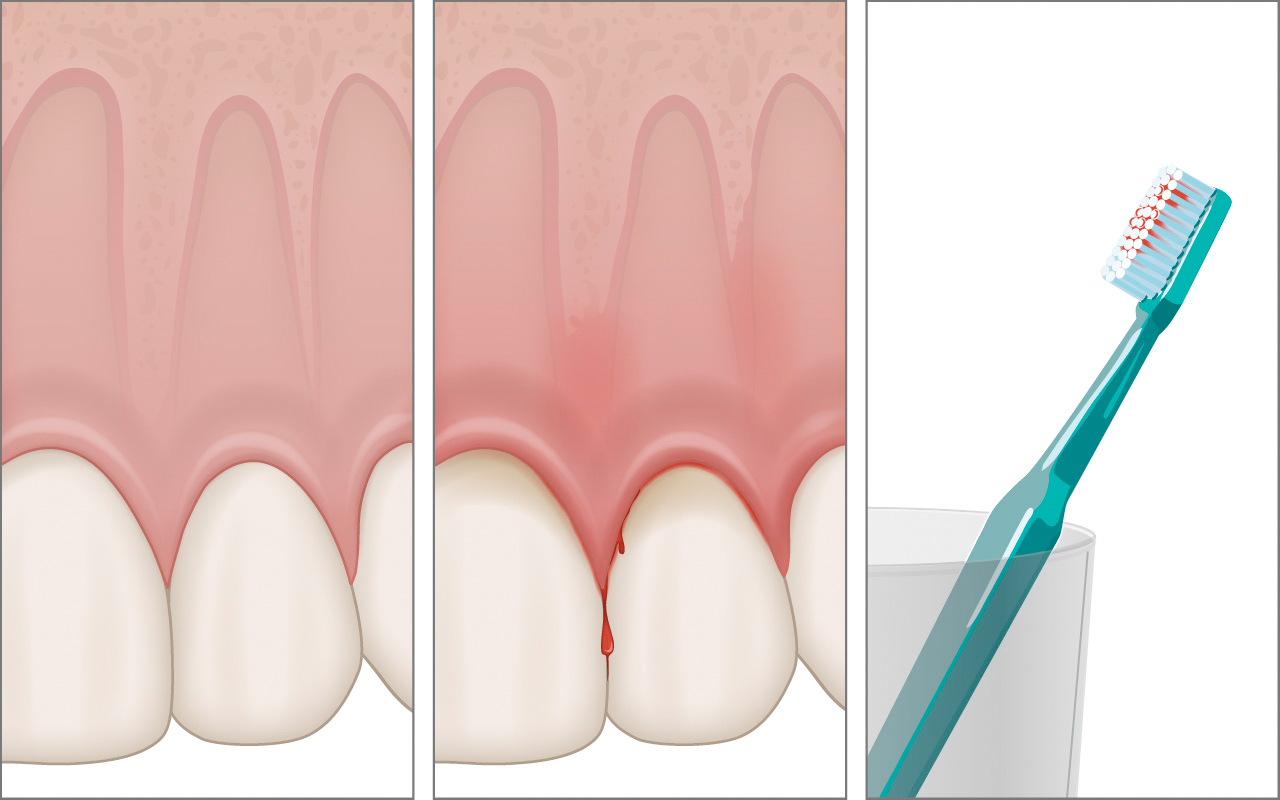
Inflammation that has developed at the gum line (gingivitis) makes the gums appear red to dark red because the blood vessels in the connective tissue have expanded due to the inflammation.
With optimized home oral hygiene, this bacterial plaque is regularly removed, allowing the gums to recover within a few days.
Gingivitis is not a rare inflammatory disease. Everyone experiences such spots in the mouth multiple times during their life. However, they are a sign that these areas have not been cleaned well. Such spots also pose a risk for the development of periodontitis.
During pregnancy, the tendency to develop gingivitis is increased due to hormonal reasons. Expectant mothers should take special care of their home oral hygiene and have dental check-ups during pregnancy.
Periodontitis is one of the most common chronic diseases in humans. It is an inflammatory disease that affects all parts of tooth attachment.
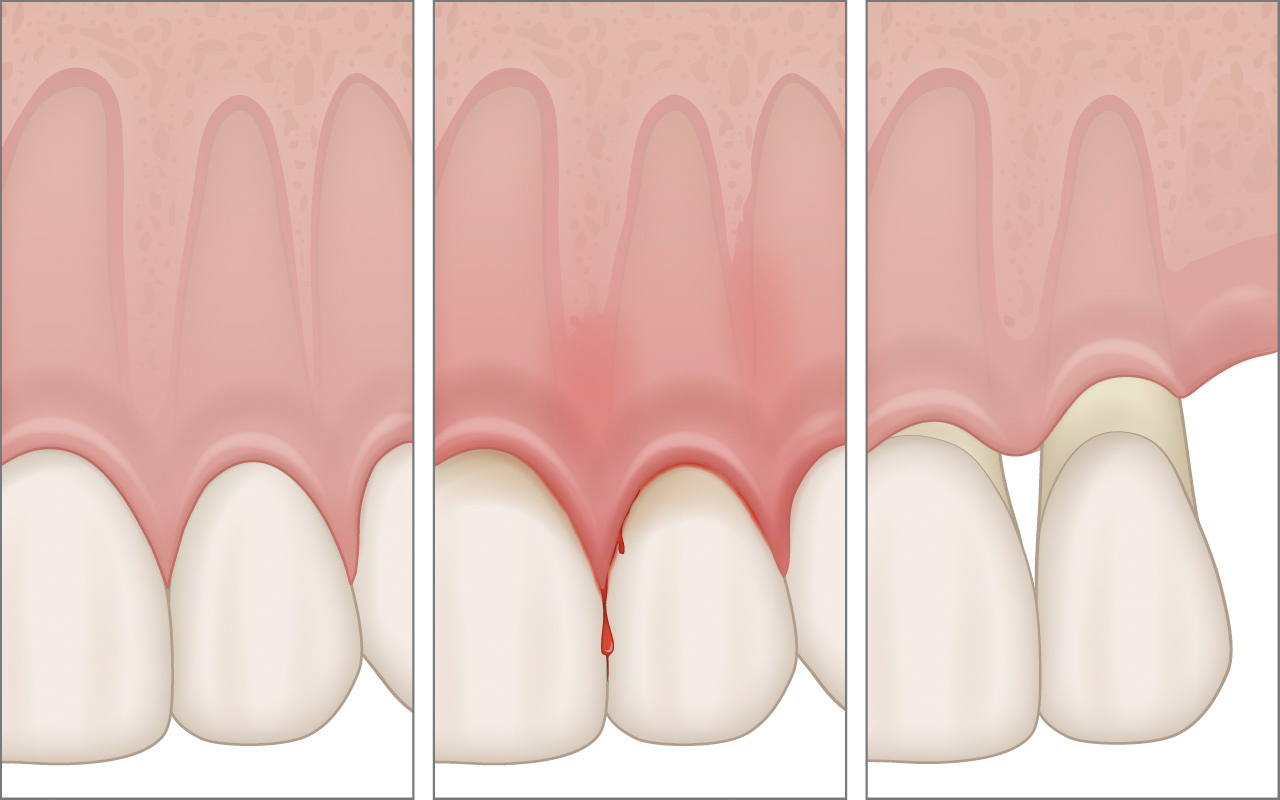
As a result of inflammation of the gum line (gingivitis), the anchoring fibers and jawbone may begin to break down. Instead of the healthy fiber apparatus, a so-called periodontal pocket develops along the tooth. The root surface lying there is covered with bacterial deposits (plaque and tartar).
The breakdown of the anchoring fibers and jawbone can lead to increased tooth mobility. If the disease goes unnoticed and untreated, the breakdown can progress to the point where the teeth become unusable for chewing and must be extracted.
About 40% of the world’s population suffers from periodontitis. For the adult population, it is estimated that around 70% of tooth loss today is due to periodontitis.
The bacterial inflammation of periodontitis leads to the breakdown of the tooth attachment. The consequences are the formation of periodontal pockets leading up to tooth loss.
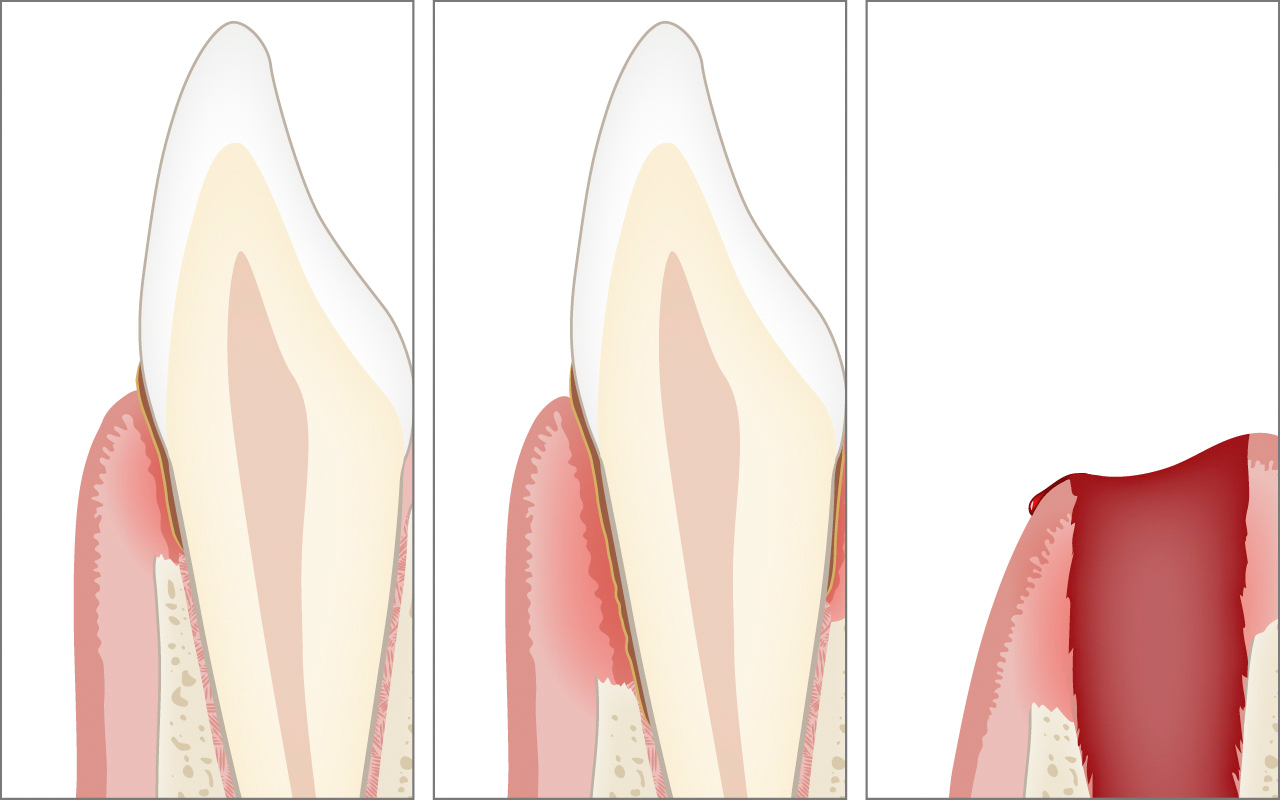
As a result of periodontal inflammation (periodontitis), the anchoring fibers and jawbone are broken down. Instead of the healthy fiber apparatus, a so-called periodontal pocket forms along the tooth. The root surface lying there is covered with bacterial deposits (plaque and tartar).
The breakdown of the tooth attachment can lead to increased tooth mobility. Teeth that are usually firmly anchored in the bone lose stability and become loose or "wobbly."
If the disease goes unnoticed and untreated, the breakdown can progress to the point where the teeth become unusable for chewing and must be extracted.
Periodontitis not only has direct consequences in the oral cavity but also affects general health, such as diabetes or cardiovascular diseases.
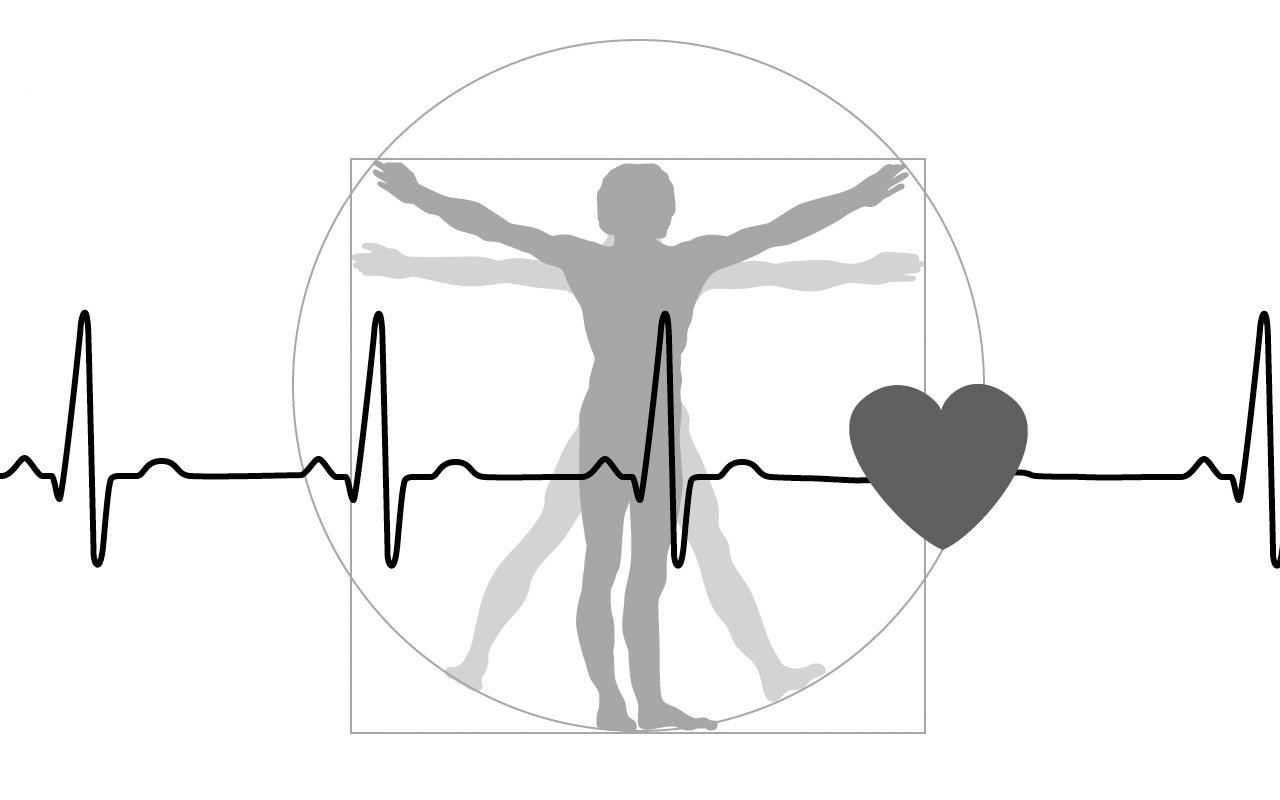
People with periodontitis have an increased risk of diabetes. Fortunately, periodontal therapy positively affects the treatment of diabetes. For this reason, it is essential that people with periodontitis are examined for diabetes by their general practitioners.
Furthermore, people with periodontitis have an increased tendency toward cardiovascular problems, up to an increased risk of heart attack.
Expectant mothers who suffer from periodontitis during pregnancy show an increased number of premature births and a higher risk of low birth weight as well as pregnancy poisoning (pre-eclampsia).
Gum recession can have different reasons and often occurs on the outside of the dentition or in the case of periodontitis, and after its treatment, also around the entire tooth.
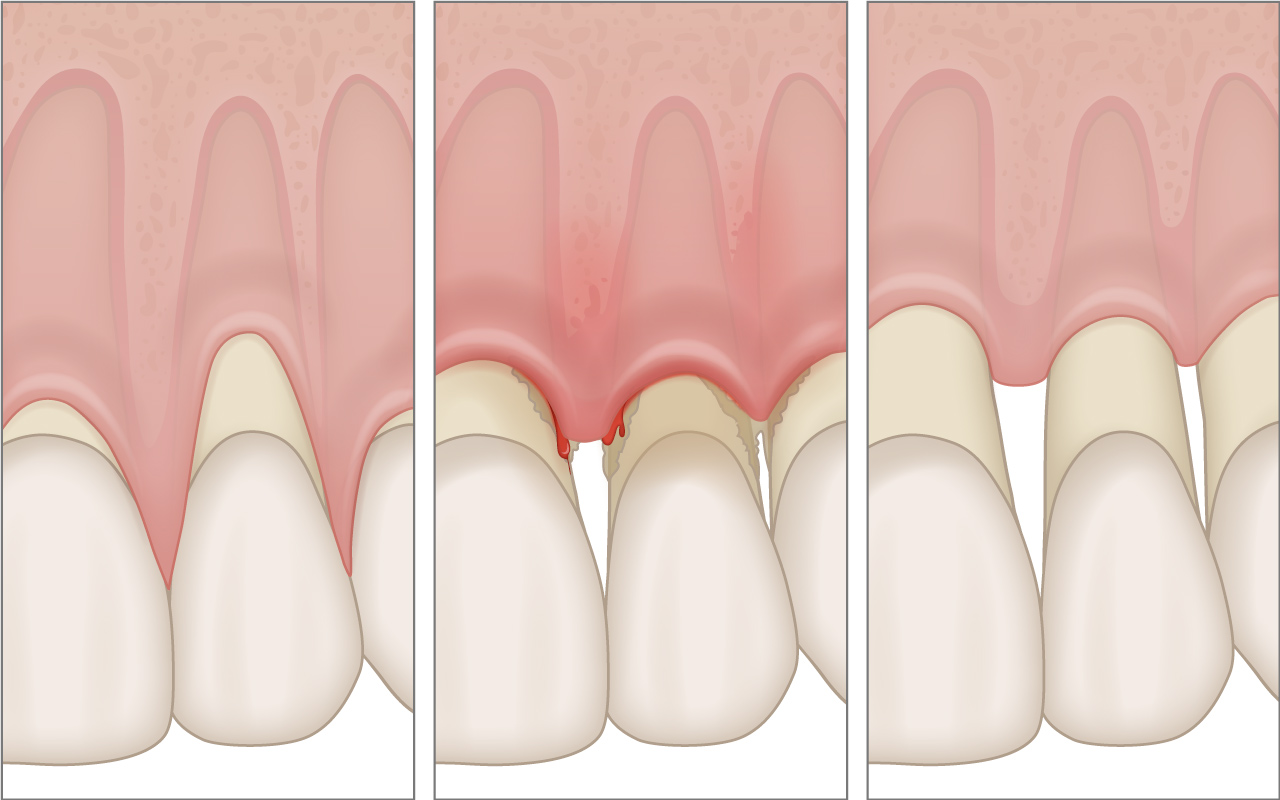
Gum recession generally refers to the recession of the gums on the outside of the dentition. Affected individuals do not suffer from additional periodontitis in such cases.
However, periodontitis in an advanced stage can also lead to the recession of the gum line. Only an examination in the dental practice can clarify for affected individuals which cause is responsible for their gum recession.
Additionally, gum recession is observed after the treatment of periodontitis. In such cases, however, this is desired, as the reduction of the gum line can reduce the unwanted periodontal pockets.